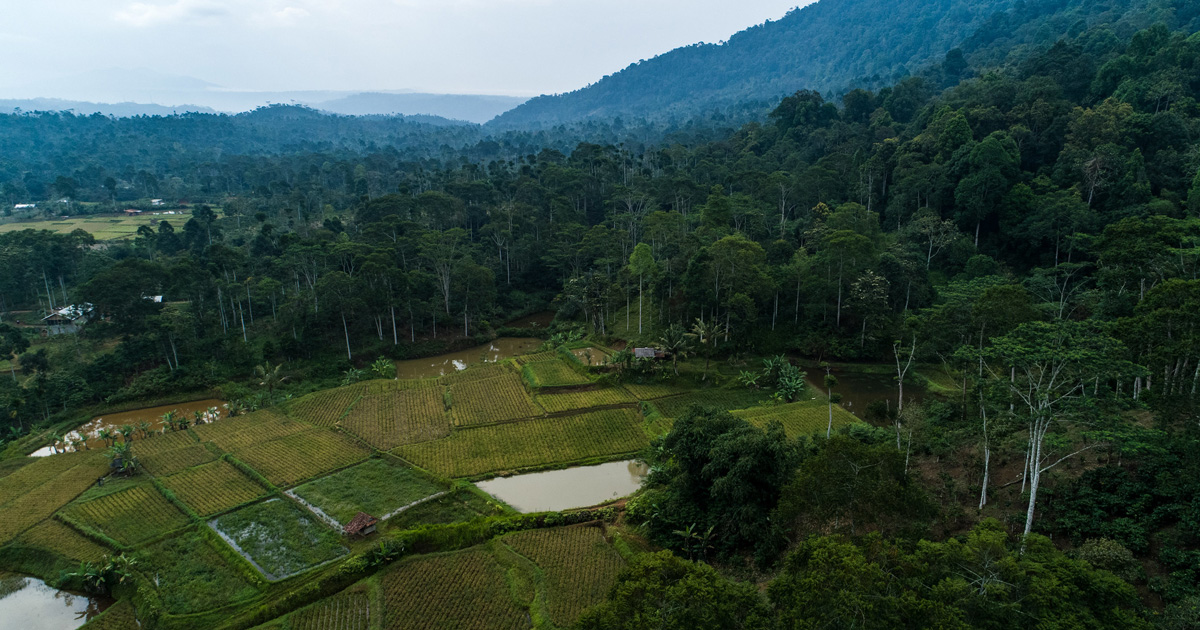Forest typically provide a strong protection against soil erosion. Land use practices and forest conversions have been implicated in causing increased runoff and soil erosion. In the Way Besai watershed, deforestation and the resulting coffee mono-cropping system have been blamed as the major causes of change in hydrology and increasing soil erosion. Before we can find the solution to the degradation of soil and water resources, we must first identify the problem, its causes, effects and the interlinkages between the different factors. Our understanding of the change in hydrology and soil erosion, forests and their role in the hydrological cycle will be important in enabling rational decision-making at different levels. Therefore, this research was intended to quantitative understanding of runoff and soil erosion changes due to forest conversions to coffee mono-cropping system. Field observation was conducted on remnant forest on the ridge top and coffee monoculture 1, 3, 7, and 10 years old on the upper and medium slopes, with four replications each. Infiltration measurements indicated that the infiltration rate under coffee monoculture 3 years old < coffee monoculture 1 year old = coffee monoculture 7 years old = coffee monoculture 10 years old < forest. Runoff and sediment yield from natural forest was much less than that of coffee gardens, but with time the coffee gardens show a partial recovery. Clearing natural forest causes tremendous increase of runoff and erosion. Cumulative surface runoff from the natural forest plot was only 27 mm, about one third from that of newly cleared forest (75 mm). But the highest surface runoff was obtained from 3 years coffee plots (124 mm). Beyond that age, runoff decreases with the increase of the age of coffee. Soil loss due to erosion peaked in the 1-year old coffee gardens.



















